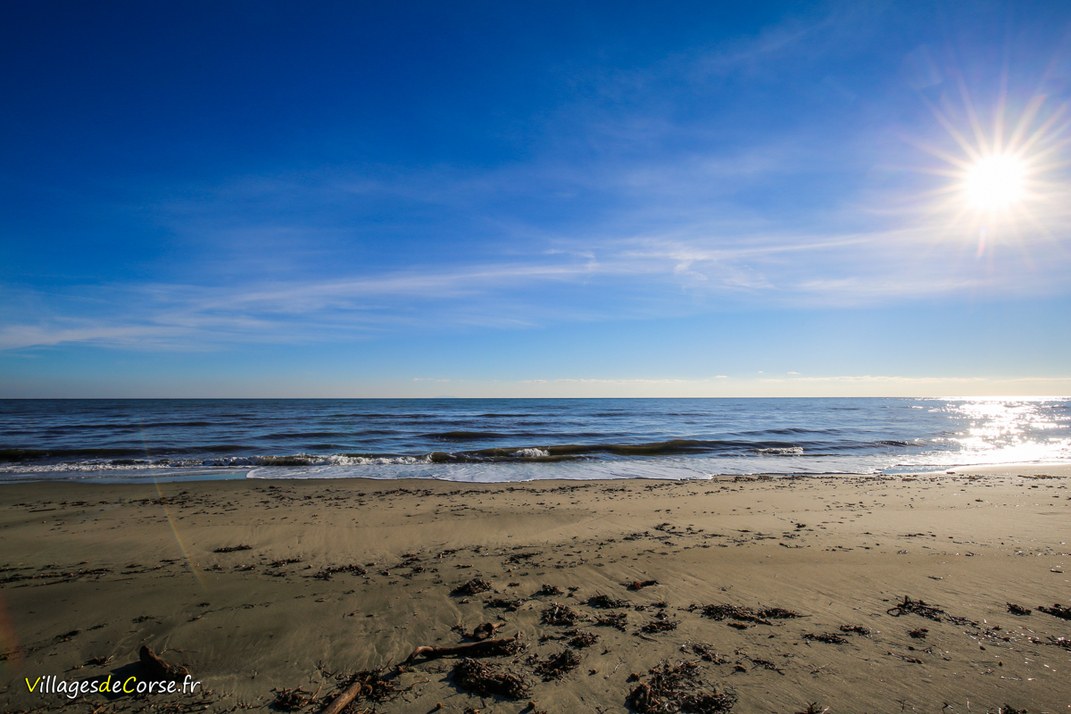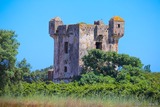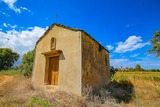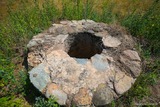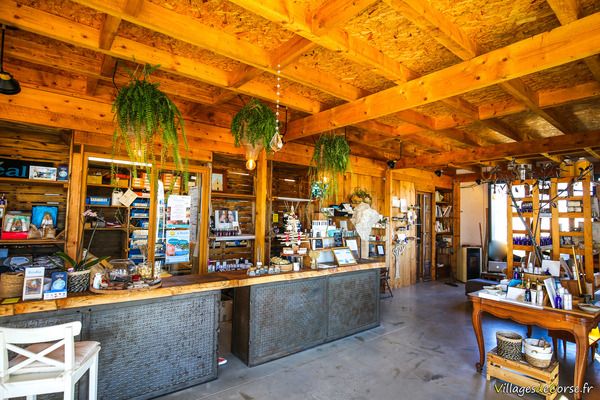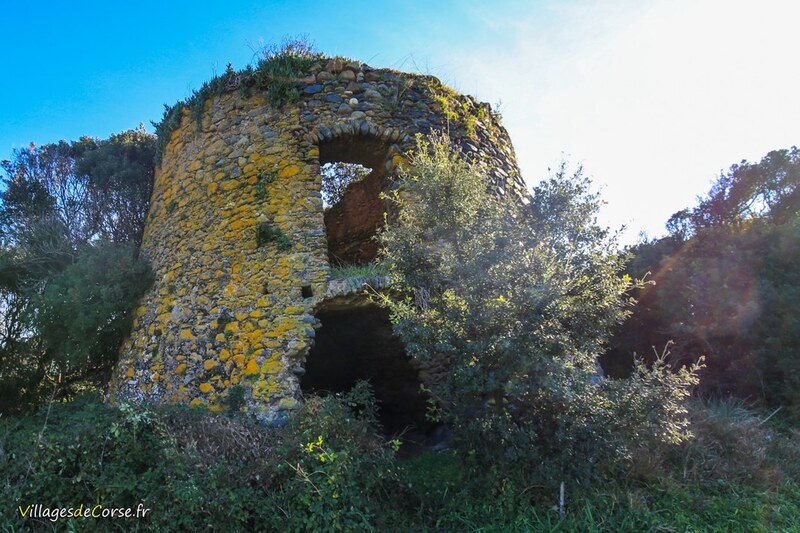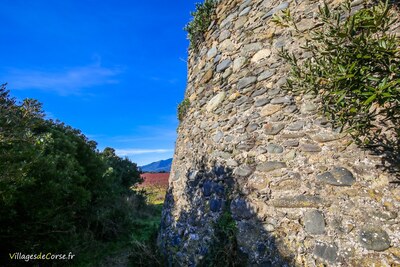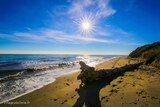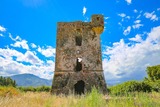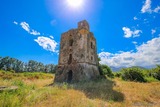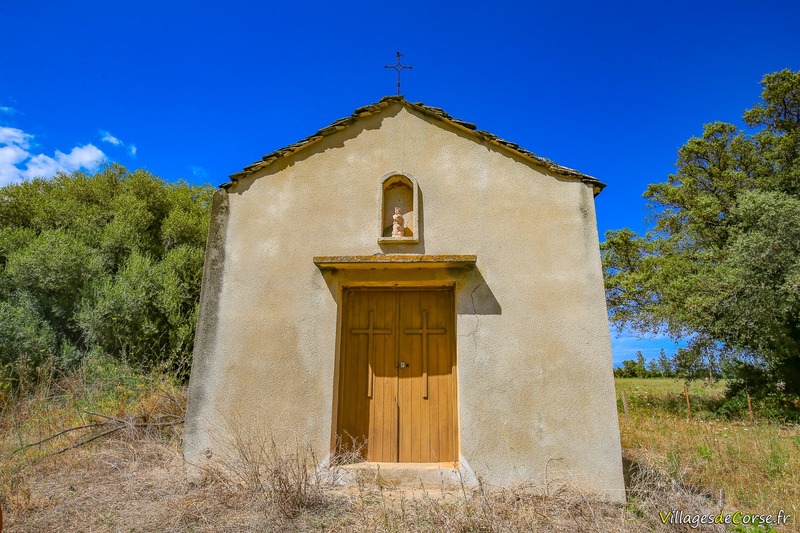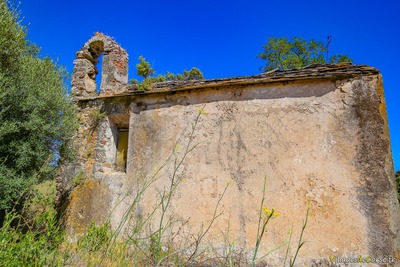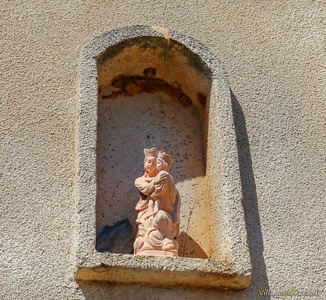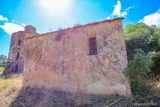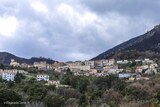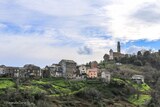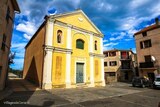- Villages
- Costa Verde
- San Giuliano
San Giuliano
San Giulianu, 787 PopulationInsee San Giuliano 0 to 295 meters 2393 hectares
To discover San Giuliano (Costa Verde) - Google Map
Historical Heritage
Fiorentina Tower
The Genoese Tower of Fiorentina, also spelled Fiorentine Tower, was built in 1580 on the beach of San Giuliano on the eastern plain. It is constructed on land surrounded by vegetation, a few meters from the sand and 30 meters from the sea. Made of large pebbles and mortar, its western wall façade is covered with yellow lichen and faces a vineyard field.
It can be accessed from Fiorentina beach by heading 1 km north from the parking lot, following a small path situated after a tree trunk while it is still there.
Architecture
The structure is approximately 9 meters in diameter on a circular base that is wider than the rest of the architecture, making it a smaller tower than usual. Its original height remains unclear due to its dilapidated state and collapsed roof. However, it is evident that the tower had two levels, with a door on each level, and an internal or external staircase.
Fiorentina Beach
Fiorentina Beach is one of the three beaches of San Giuliano, along with Alistro Beach to the south and Pianicciolli Beach, comprising about 5.5 km of the commune's coastline.
It is a sandy beach that has remained in its natural state, accessed by passing through a vineyard field and featuring a small dirt parking lot with clusters of reeds. In winter, it is mainly frequented by fishermen and walkers.
Casella Tower
History
The site comprises a set of four buildings: the Casella Tower, a small chapel with little information available, a ruined building, and the remains of an old construction. Additionally, there is a well in the center.
The Casella Tower, named after its builder Pier Giovanni Casella, was constructed in 1588 following approval from the Senate of Genoa. A notable from Bastia, Pier Giovanni Casella was the general farmer responsible for collecting tithes for the bishopric of Aleria. The tithe was a tax levied by the Catholic Church amounting to approximately 10% on a property or right, prevalent throughout Europe, originating from Charlemagne.
The bishopric of Aleria, then under the episcopate of Monsignor Alexandre Sauli, was the perpetual lessor of these lands, which once belonged to the Benedictine Abbey of San Salvadore and San Mamiliano of Monte Cristo, attached in 1232 to the Camaldolese of San Michele in Borgo in Pisa.
Characteristics
The square tower rises over 5 levels, including a basement, a ground floor, a nave, and two upper floors. It is topped with two watchtowers positioned diagonally opposite each other. The tower has a square base of approximately 10 meters per side and a height of just over 12 meters.
The structure is made of schist stones, pebbles, and to a lesser extent, bricks, all held together with plaster.
Chapel
About fifteen meters from the Casella Tower, there is a small chapel measuring barely 6 meters in length and approximately 4.5 meters in width, with no visible inscriptions.
It has two narrow windows and a dilapidated bell tower. The roof is made of lauze with a wrought iron cross. A statue representing the Virgin Mary and the Child Jesus is located on the front façade in a small architectural niche.
The door and front façade appear to have been restored, while the rest of the building remains in its original state.

